
16 Austrian Earth Telegraph Receiver Siemens & Halske AE 3.65, c. 1918
Fotogalerie
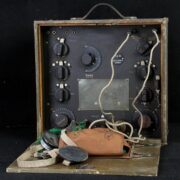
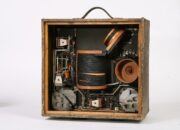

Throughout the WW1, all parties to the conflict were perfecting devices for wireless telegraphy. This included ground telegraphy used primarily by infantry on the front lines to communicate with regimental headquarters. Like wireless telegraphy, it transmitted electromagnetic waves, but in this case it transmitted low frequency waves trough the ground. Stations did not require the construction of antennas. This advantage, however, to some extent limited its range to about 2 km. The stations were equipped with two approximately 50 m long wires diverging laterally. At the end of each wire was an anchor (strong nail) fastened in the ground. The transmitter transmitted electromagnetic waves through them into the ground, and the receiver received them again.
Aktuálně
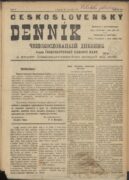
Československý deník sehrál v životě legionářů v Rusku velmi důležitou roli. Poprvé vyšel v prosinci 1917

Děkujeme za podporu pro válečné veterány. Sbírka DiGiMÁK vynesla 450 tisíc korun
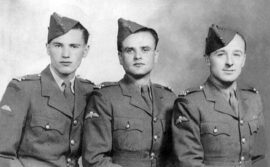
Tak trochu zamrzlé spojení
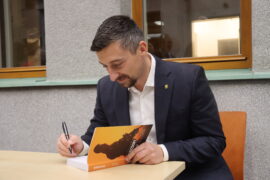
Válečný veterán Petr Matouš pokřtil v Armádním muzeu Žižkov svou knihu. Patronkou je i ministryně obrany Jana Černochová








